Product Consultation
Your email address will not be published. Required fields are marked *
Determining the appropriate seal types and materials for hydraulic cylinders is essential to ensure the reliability, performance, and longevity of hydraulic cylinder solutions. The correct choice of seals can prevent leakage, reduce wear, and enhance the overall efficiency of the hydraulic system. Here are the key factors to consider when making this decision:
Operating Pressure and Temperature: One of the first considerations is the pressure and temperature the hydraulic cylinder will be exposed to during operation. For high-pressure applications, seals made from materials such as polyurethane or nitrile rubber are commonly used due to their durability and sealing capabilities. In environments with extreme temperatures, either high or low, it’s important to choose materials that can maintain their integrity, such as PTFE (polytetrafluoroethylene) or special elastomers, which are highly resistant to temperature fluctuations and chemical degradation.
Fluid Compatibility: The type of hydraulic fluid being used (e.g., mineral oils, water-based fluids, or biodegradable oils) directly affects the choice of sealing materials. Different fluids can interact with seal materials in various ways, causing swelling, degradation, or loss of sealing effectiveness. For example, oils with high viscosity might require seals made from materials with good low-friction properties, while water-based fluids may require seals resistant to corrosion or moisture absorption. It’s important to ensure that the seal materials are chemically compatible with the hydraulic fluid in the system to avoid premature failure.
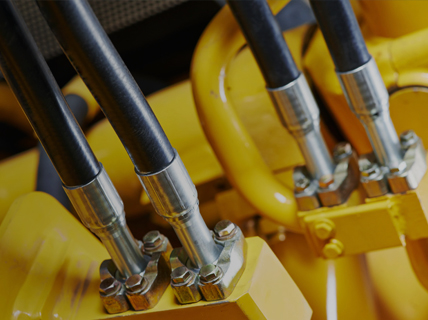
Wear Resistance and Durability: Hydraulic cylinders are subject to repetitive motion and sometimes harsh conditions, including contact with abrasive materials or contaminants. Therefore, seals must be able to resist wear and tear from constant friction and external particles. Materials such as polyurethane and nitrile rubber offer excellent wear resistance, making them ideal for dynamic sealing in hydraulic cylinder solutions. Additionally, seals should be able to withstand the environmental stresses they may encounter, such as UV exposure, ozone, and extreme weather conditions.
Seal Design and Type: The design of the hydraulic cylinder and its specific motion requirements play a crucial role in the selection of the seal type. For example, piston seals, rod seals, wiper seals, and static seals each have different functions, and the material chosen needs to be appropriate for the type of movement involved (e.g., sliding, rotating, or static). Dynamic seals need to offer low friction for smooth operation, while static seals must ensure tight sealing under pressure. For example, O-rings are commonly used for static seals, while U-cups or V-rings are preferred for dynamic piston seals.
Environmental Conditions: Seals used in hydraulic cylinders that operate in harsh environments must be resistant to UV radiation, ozone, moisture, and other external contaminants. This is particularly important for cylinders used in outdoor applications or in industries such as agriculture or construction. Materials such as Viton or rubber compounds that are specifically designed to resist environmental degradation are often chosen in these situations. Additionally, seals must be able to handle the presence of abrasive dust or debris without breaking down prematurely.
Cost and Maintenance Considerations: The cost of the sealing materials also needs to be factored into the selection process. While higher-performance materials may be more expensive, they may provide longer service life and reduce maintenance costs in the long run. Therefore, balancing cost-effectiveness with the required performance standards is key.
Your email address will not be published. Required fields are marked *
Marvelous Design Meets Rigorous Manufacturing
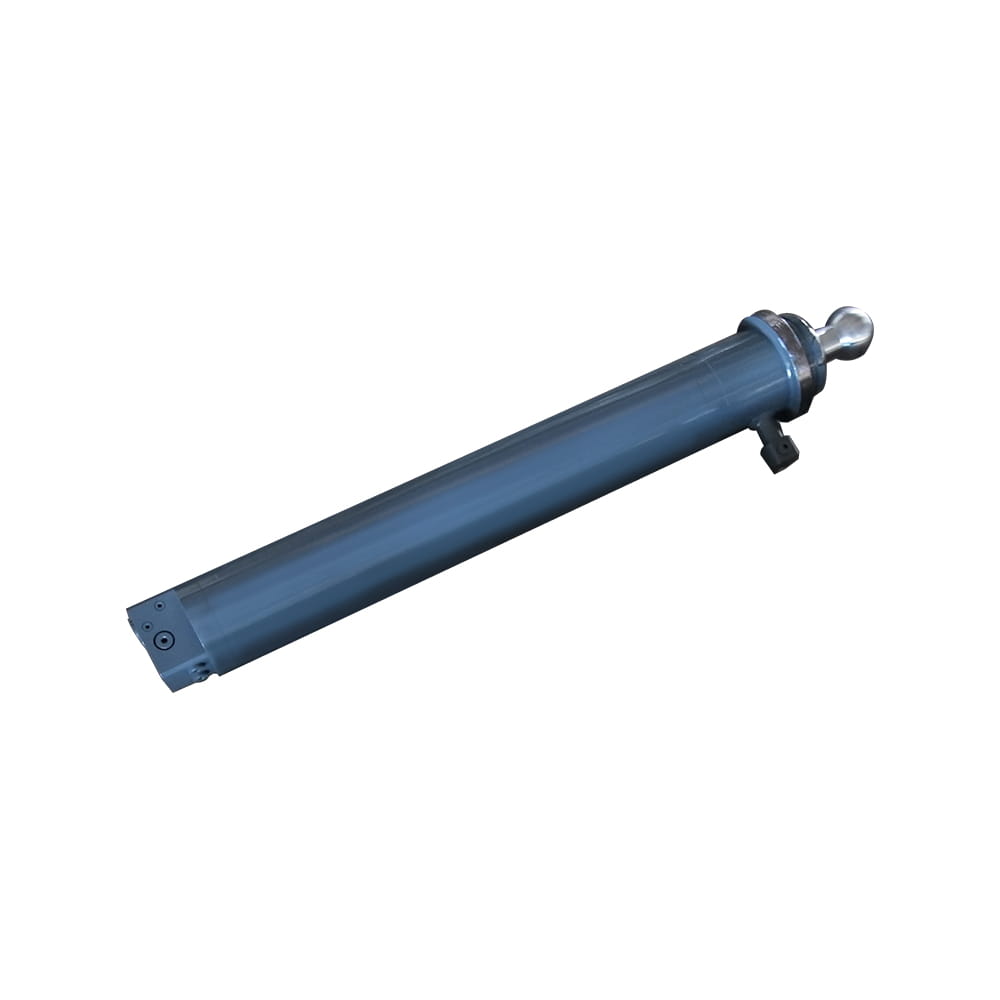 Scissor Lift Aerial Platform Hydraulic Outrigger Cylinder
Scissor Lift Aerial Platform Hydraulic Outrigger Cylinder
Function: Firmly Supports the Vehicle: Ensures stability during operation. The ball-head foot automatically levels on slopes, while the integrated balance valve...
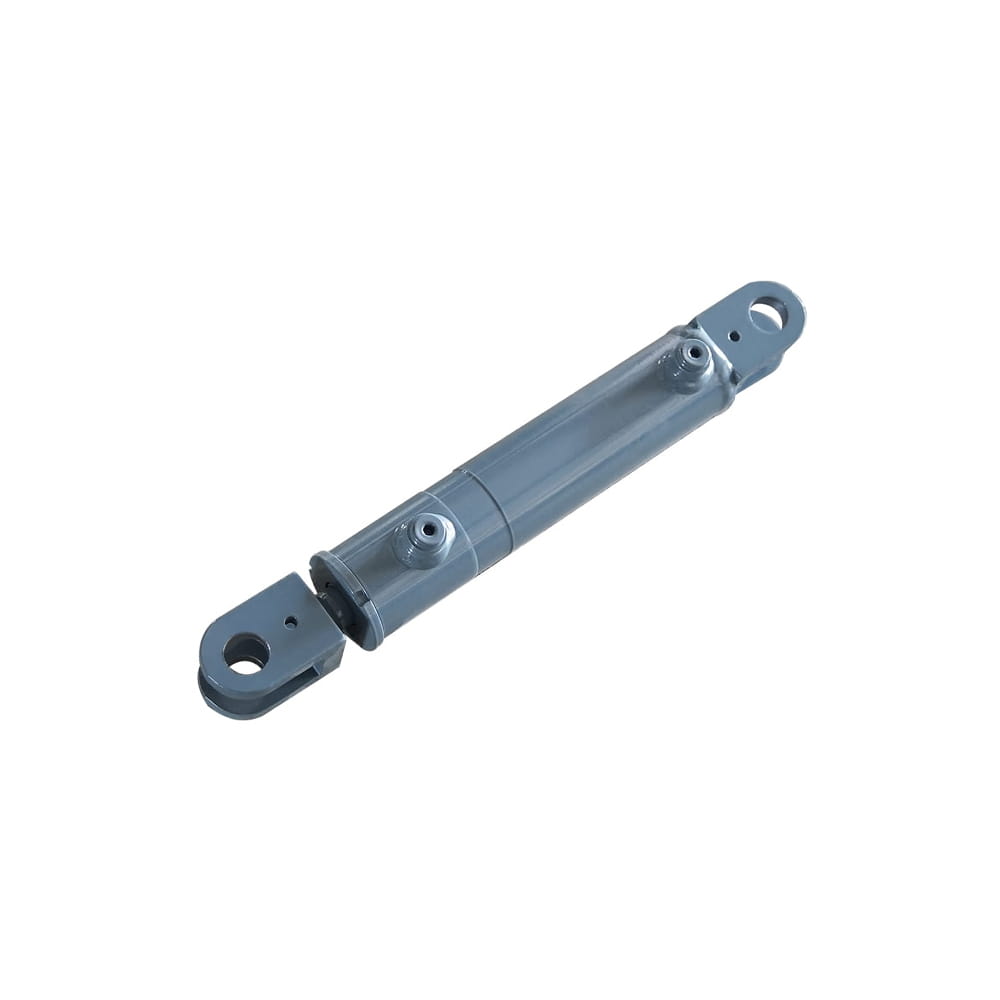 Scissor Lift Aerial Platform Hydraulic Steering Cylinder
Scissor Lift Aerial Platform Hydraulic Steering Cylinder
Function: Connecting Chassis and Wheel Hub: Through hydraulic pressure, drives the piston rod to move, enabling precise wheel hub rotation. This ensures platfor...
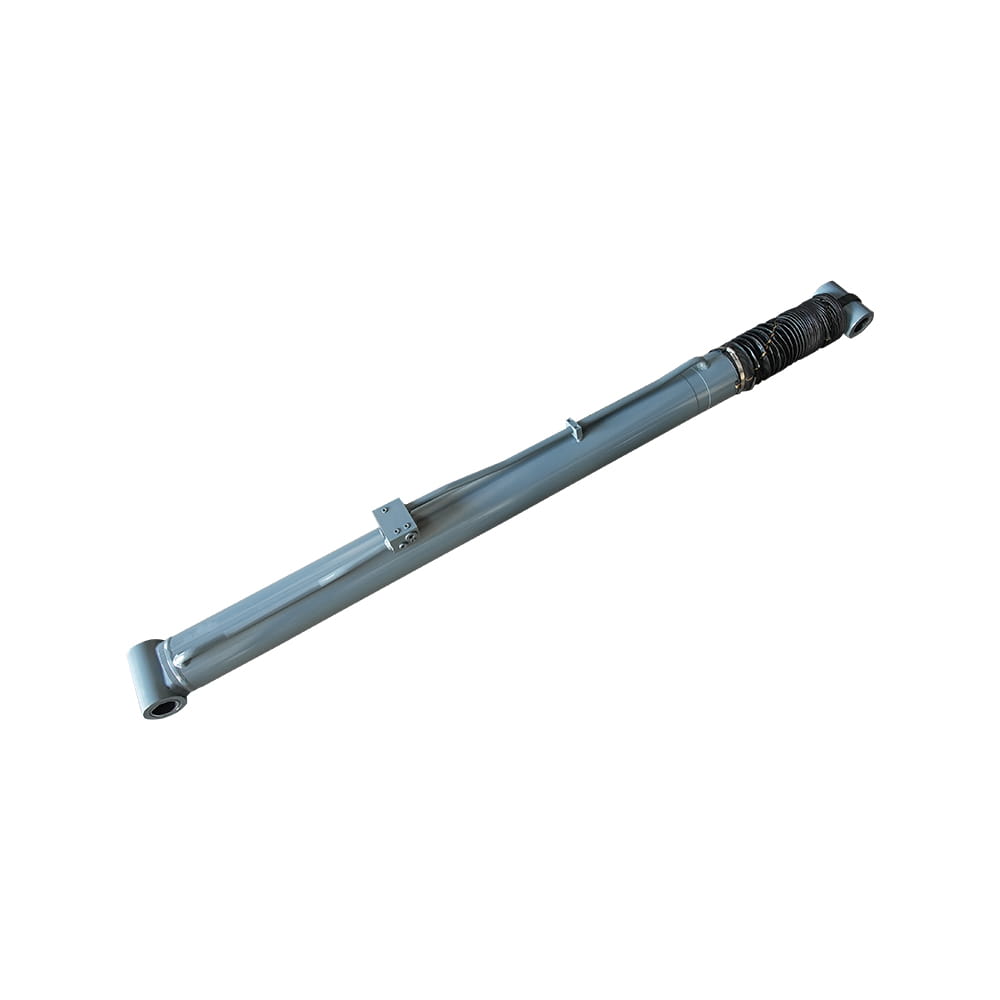 Boom Lift Aerial Platform Hydraulic Luffing Cylinder
Boom Lift Aerial Platform Hydraulic Luffing Cylinder
Function: Adjust the angle of the telescopic arm to flexibly position the work platform at various heights and positions, meeting diverse aerial work requiremen...
 Boom Lift Aerial Platform Hydraulic Telescopic Cylinder
Boom Lift Aerial Platform Hydraulic Telescopic Cylinder
Function: Adjust the length of the arm to allow the aerial work platform to lift and move flexibly, ensuring range and height requirements.
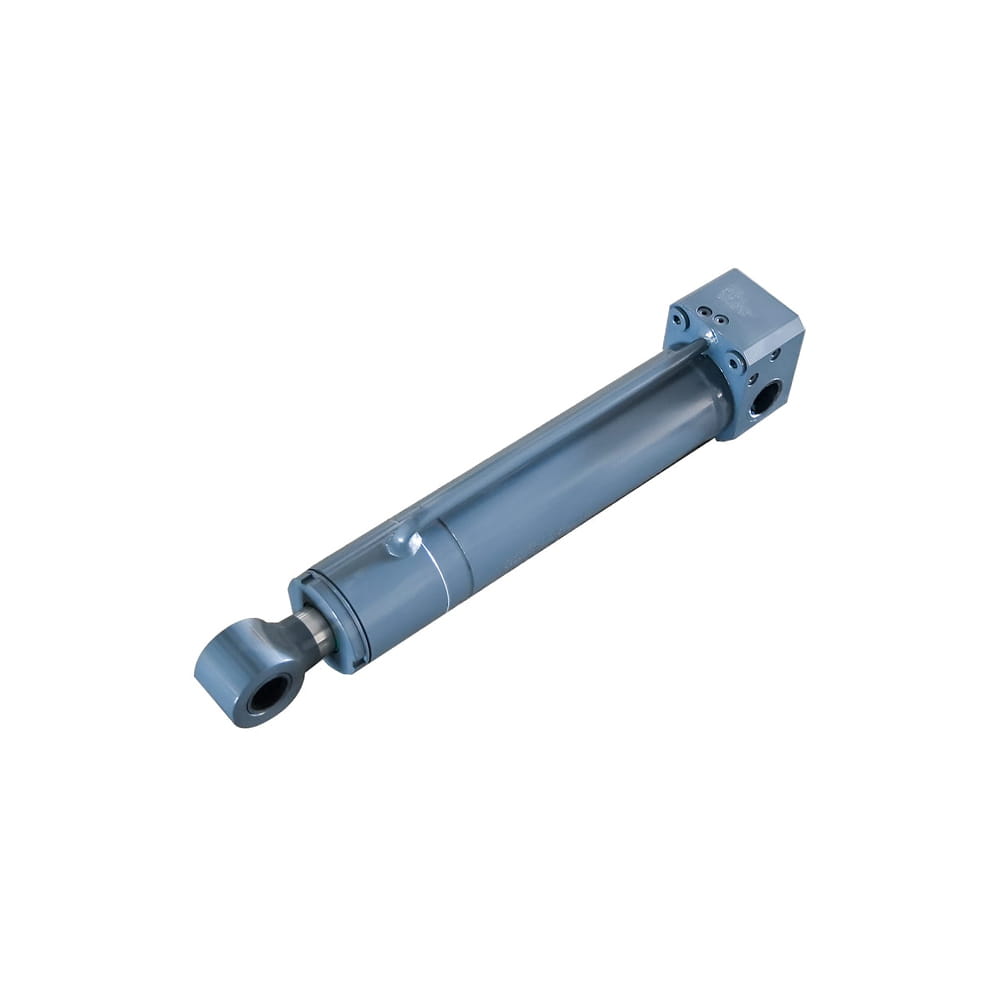 Boom Lift Aerial Platform Hydraulic Frame Leveling Cylinder
Boom Lift Aerial Platform Hydraulic Frame Leveling Cylinder
Function: Automatically adjust the chassis at the bottom of the platform to a level state, ensuring stable and wobble-free support in different terrains and wor...
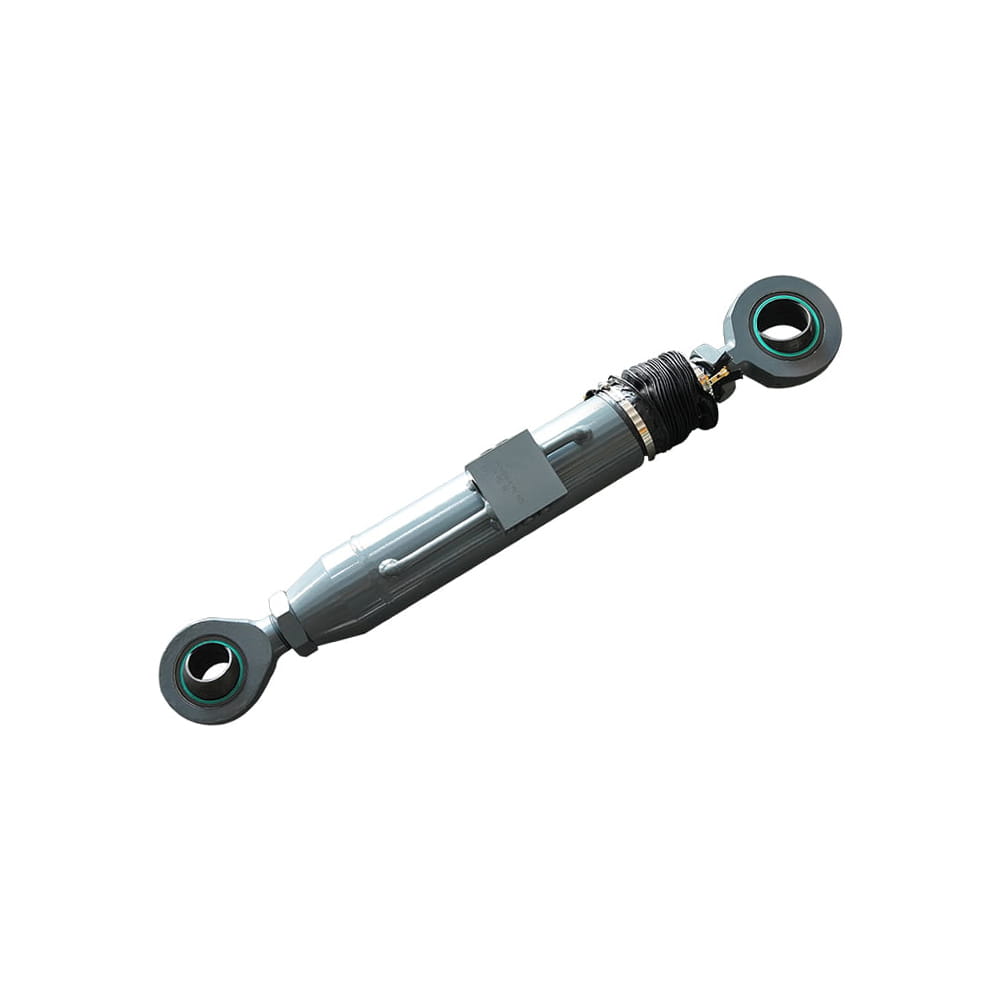 Boom Lift Aerial Platform Hydraulic Bridge Extension Cylinder
Boom Lift Aerial Platform Hydraulic Bridge Extension Cylinder
Function: An important design that enhances adaptability and working range. This function allows the platform to widen its chassis under specific conditions to ...
 Scissor Lift Aerial Platform Hydraulic Outrigger Cylinder
Scissor Lift Aerial Platform Hydraulic Outrigger Cylinder
Function: Firmly Supports the Vehicle: Ensures stability during operation. The ball-head foot automatically levels on slopes, while the integrated balance valve...
 Scissor Lift Aerial Platform Hydraulic Steering Cylinder
Scissor Lift Aerial Platform Hydraulic Steering Cylinder
Function: Connecting Chassis and Wheel Hub: Through hydraulic pressure, drives the piston rod to move, enabling precise wheel hub rotation. This ensures platfor...
 Boom Lift Aerial Platform Hydraulic Luffing Cylinder
Boom Lift Aerial Platform Hydraulic Luffing Cylinder
Function: Adjust the angle of the telescopic arm to flexibly position the work platform at various heights and positions, meeting diverse aerial work requiremen...
 Boom Lift Aerial Platform Hydraulic Telescopic Cylinder
Boom Lift Aerial Platform Hydraulic Telescopic Cylinder
Function: Adjust the length of the arm to allow the aerial work platform to lift and move flexibly, ensuring range and height requirements.
 Boom Lift Aerial Platform Hydraulic Frame Leveling Cylinder
Boom Lift Aerial Platform Hydraulic Frame Leveling Cylinder
Function: Automatically adjust the chassis at the bottom of the platform to a level state, ensuring stable and wobble-free support in different terrains and wor...
 Boom Lift Aerial Platform Hydraulic Bridge Extension Cylinder
Boom Lift Aerial Platform Hydraulic Bridge Extension Cylinder
Function: An important design that enhances adaptability and working range. This function allows the platform to widen its chassis under specific conditions to ...
 Scissor Lift Aerial Platform Hydraulic Outrigger Cylinder
Scissor Lift Aerial Platform Hydraulic Outrigger Cylinder
Function: Firmly Supports the Vehicle: Ensures stability during operation. The ball-head foot automatically levels on slopes, while the integrated balance valve...
 Scissor Lift Aerial Platform Hydraulic Steering Cylinder
Scissor Lift Aerial Platform Hydraulic Steering Cylinder
Function: Connecting Chassis and Wheel Hub: Through hydraulic pressure, drives the piston rod to move, enabling precise wheel hub rotation. This ensures platfor...
 Boom Lift Aerial Platform Hydraulic Luffing Cylinder
Boom Lift Aerial Platform Hydraulic Luffing Cylinder
Function: Adjust the angle of the telescopic arm to flexibly position the work platform at various heights and positions, meeting diverse aerial work requiremen...
 Boom Lift Aerial Platform Hydraulic Telescopic Cylinder
Boom Lift Aerial Platform Hydraulic Telescopic Cylinder
Function: Adjust the length of the arm to allow the aerial work platform to lift and move flexibly, ensuring range and height requirements.
 Boom Lift Aerial Platform Hydraulic Frame Leveling Cylinder
Boom Lift Aerial Platform Hydraulic Frame Leveling Cylinder
Function: Automatically adjust the chassis at the bottom of the platform to a level state, ensuring stable and wobble-free support in different terrains and wor...
 Boom Lift Aerial Platform Hydraulic Bridge Extension Cylinder
Boom Lift Aerial Platform Hydraulic Bridge Extension Cylinder
Function: An important design that enhances adaptability and working range. This function allows the platform to widen its chassis under specific conditions to ...
Copyright © by Zhejiang Huanfeng Machinery Co., Ltd. Rights Reserved.
